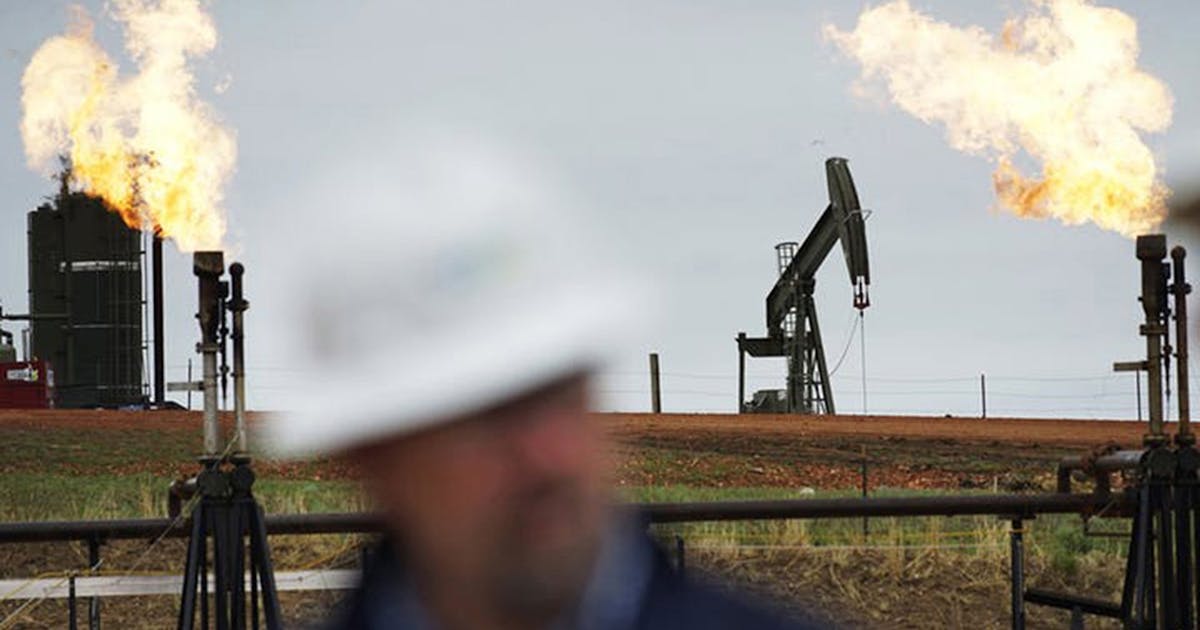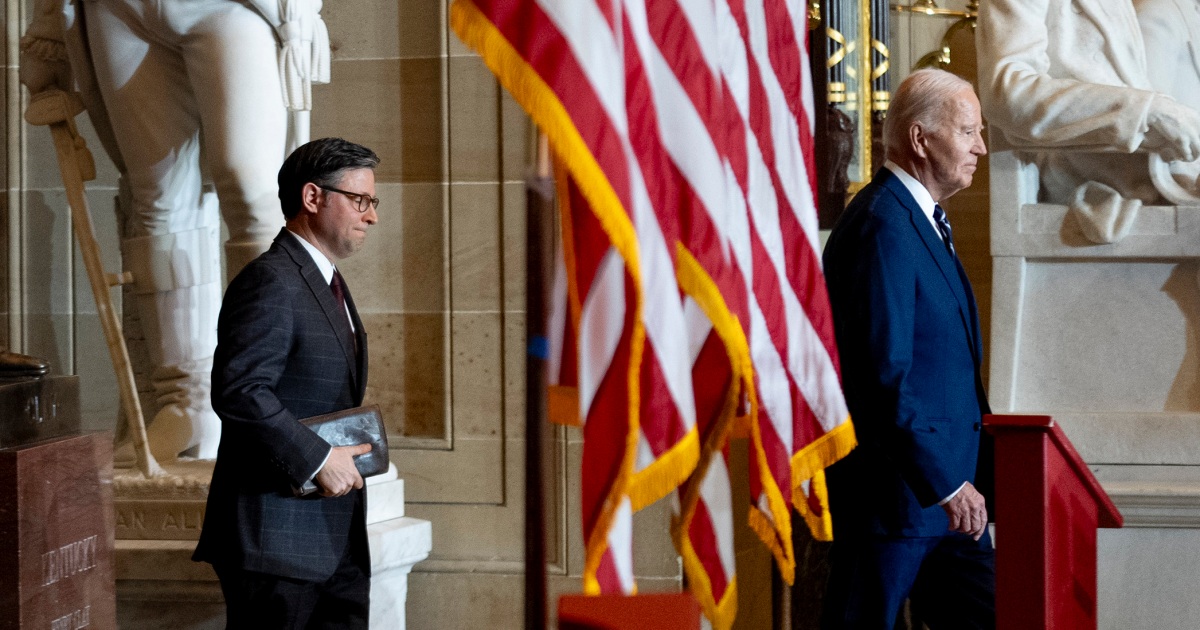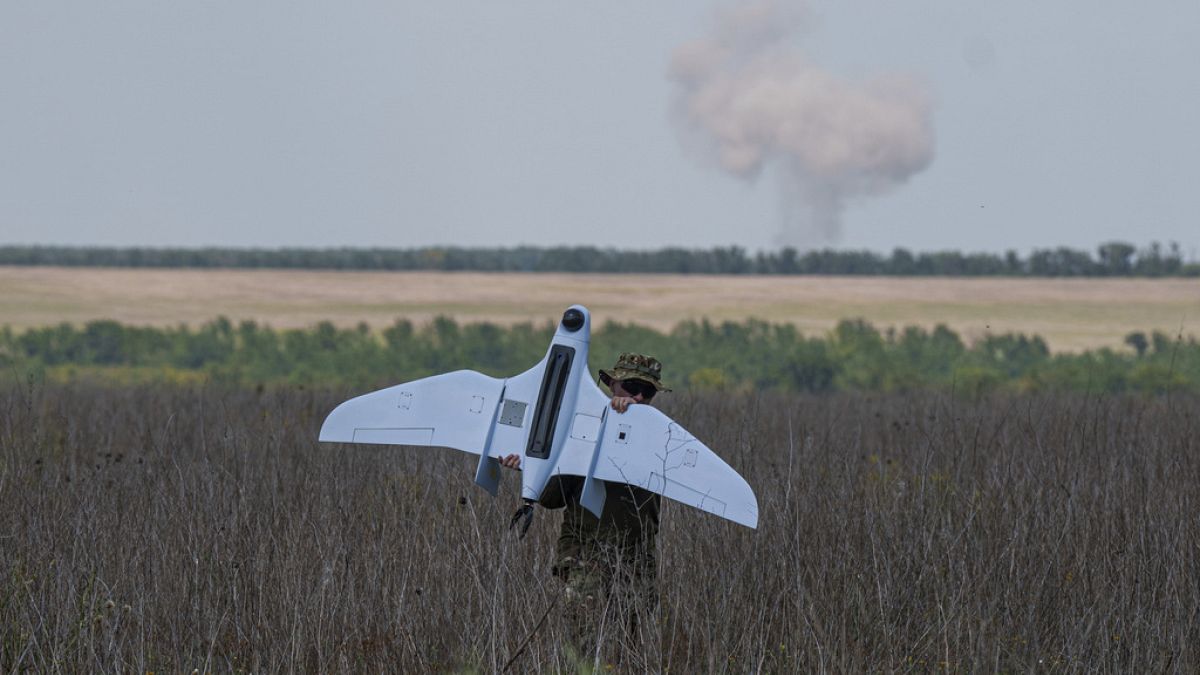North Dakota
North Dakota oil, natural gas production ‘mixed bag’

North Dakota oil production fell 3% in March while the state’s natural gas output was flat.
“Kind of a mixed bag” was how Lynn Helms, North Dakota’s minerals director, summed it up in a news conference on Friday. He also criticized new federal environmental rules unveiled this week, which could greatly affect North Dakota’s coal and electricity industries.
North Dakota, the nation’s third largest oil-producing state, pumped out 1.12 million barrels of crude per day in March. That’s down from 1.16 million barrels per day in February when the state posted its highest production since November 2021.
The number of drill rigs in North Dakota, a harbinger of future oil production, has been falling significantly this year — from 46 in February to 43 in April and 39 currently. A monthly state oil report blamed the decline on seasonal road restrictions.
North Dakota had 17,650 active oil wells in March, up a bit from February, meaning that output per well declined from month to month.
In addition to being a big oil state, North Dakota is a big producer of coal-fired power with five plants situated next to coal mines. On Thursday, the U.S. Environmental Protection Agency laid out new rules on carbon dioxide emissions.
“It is the Clean Power Act on steroids,” Helms said, referring to an Obama-era proposal to mitigate carbon dioxide. The new EPA rules call for an end to CO2 emissions from fossil fuel power plants by 2038.
“I am sure the state of North Dakota will be very actively resisting these new EPA regulations,” Helms said.
Most of Minnesota’s coal plants will be closed by 2030. The state’s natural gas power generators will be around for years thereafter. But Minnesota passed a law earlier this year requiring electricity producers to generate 100% clean power by 2040.
“Minnesota’s 100% law is very closely aligned with the timing of the EPA rule,” said Allen Gleckner, a lead director at advocacy group Fresh Energy in St. Paul.

North Dakota
Huskers add top recruit in North Dakota to 2025 class

LINCOLN, Neb. (KLKN) – Matt Rhule and the Nebraska football staff got commitment No. 17 in the 2025 class on Sunday, adding four-star defensive lineman Kade Pietrzak.
The highly sought-after recruit from West Fargo, North Dakota, is the No. 1 recruit in his state and chose Nebraska over Oklahoma, Kansas State and Wisconsin.
Pietrzak checks in at 6-foot-5, 240 pounds and has been on Rhule’s radar since he was hired at Nebraska.
He will join two other defensive linemen in the class of 2025: Omaha North’s Tyson Terry and Malcolm Simpson from Texas.
Pietrzak is the second-highest rated recruit for Nebraska in this year’s class so far behind Simpson.
COMMITED‼️@HuskerFootball @CoachMattRhule @Coach_Knighton @HuskerCoachTW
#GBR pic.twitter.com/SAXF1FOQ2J— Kade Pietrzak (@KadePietrzak) July 21, 2024
North Dakota
North Dakota Superintendent Helping Schools Develop AI Guidelines

North Dakota School Superintendent Kirsten Baesler announced new state guidance on artificial intelligence (AI) designed to assist local schools in developing their own AI policies and to help teachers and administrators work more efficiently.
A group of educators from North Dakota schools, the NDDPI, the Department of Career and Technical Education, and state information technology agencies created this guidance, which is available on the Department of Public Instruction’s website.
Baesler emphasized that implementing AI, like any instructional tool, requires careful planning and alignment with educational priorities, goals, and values.
She stressed that humans should always control AI usage and review its output for errors, following a Human-Technology-Human process. “We must emphasize keeping the main thing the main thing, and that is to prepare our young learners for their next challenges and goals,” Baesler said.
Steve Snow and Kelsie Seiler from the NDDPI Office of School Approval and Opportunity highlighted that the guidance was drawn from various state education agencies and technology websites, such as Code.org and TeachAI.org, with the process taking about eight months.
“We had a team that looked at guidance from other states, and we pulled pieces from different places and actually built guidance tailored for North Dakota students,” Snow said.
Seiler explained that AI excels at data analysis, predictive analytics, and automating repetitive tasks but lacks emotional intelligence, interdisciplinary research, and problem-solving abilities.
Snow added that AI can help teachers design lesson plans aligned with North Dakota’s academic content standards quickly and adjust them for students who need more support. AI can also simplify the development of personalized learning plans for students.
“You have so many resources (teachers) can use that are going to make your life so much easier,” Snow said. “I want the teachers, administration, and staff to get comfortable with using (AI), so they’re a little more comfortable when they talk to kids about it.”
Seiler noted that the NDDPI guidance is not a “how-to” manual for using AI but offers general suggestions on developing local policies to leverage AI effectively.
“Our guidance is meant to provide some tools to the school administration and say, ‘Here are some things to think about when you implement your own AI guidance,’” Snow said.
“For instance, do you have the infrastructure to support (AI)? Do you have a professional development plan so your teachers can understand it? Do you have governance in place that says what AI can and can’t be used for?”
8 Everyday Foods That Are Legal in Montana, Forbidden Elsewhere
These foods are easy to find on store shelves wherever you buy your groceries in Montana. However in other states they’re banned from the shelves!
Gallery Credit: Michelle Heart
Big List Of The Best French Fries In Montana
Gallery Credit: mwolfe
North Dakota
The most deadly time to drive is between Memorial Day and Labor Day

NORTH DAKOTA (KXNET) — The hundred-day span between Memorial Day and Labor Day is marked as the most deadly period on the road here in North Dakota.
According to the North Dakota Department of Transportation’s 2022 crash summary report, fatal crashes are twice as likely during this time.
That’s why North Dakota leaders are urging drivers to not fall into a “false sense of security” during the bright and cheery days of summer.
According to Travel and Leisure, North Dakota has been marked as the state with the most reckless drivers.
There’s a range of reasons for this from drunk driving to speeding. But another reason is that when the snow clears, North Dakota drivers are eager to get out more and drive faster than they would in the snow, according to the North Dakota Department of Transportation’s Highway Safety Division director.
And because North Dakota has some of the lowest citation fees in the nation, ranging from $5 to $100, the Highway Patrol’s safety and education officer says that drivers aren’t given enough deterrents to drive safely.
However, with growing concerns about safety, there could be talk of increasing citation amounts in coming legislative sessions.
-

 News1 week ago
News1 week agoVideo: Biden ‘Is a Fighter,’ Harris Says in North Carolina
-

 World1 week ago
World1 week agoJapan, Germany agree to boost security cooperation in Pacific
-

 Politics1 week ago
Politics1 week agoTwo key states to see massive GOP voter registration operation
-

 Politics1 week ago
Politics1 week agoBiden says 'anyway' at least 9 times while trailing off in press conference
-

 News1 week ago
News1 week agoWhy the next president's judicial appointments will impact climate action
-

 World1 week ago
World1 week agoMore than 60 people missing after two buses swept into river in Nepal
-

 Movie Reviews1 week ago
Movie Reviews1 week agoMovie Review – Fly Me to the Moon
-

 News5 days ago
News5 days agoIn Milwaukee, Black Voters Struggle to Find a Home With Either Party















